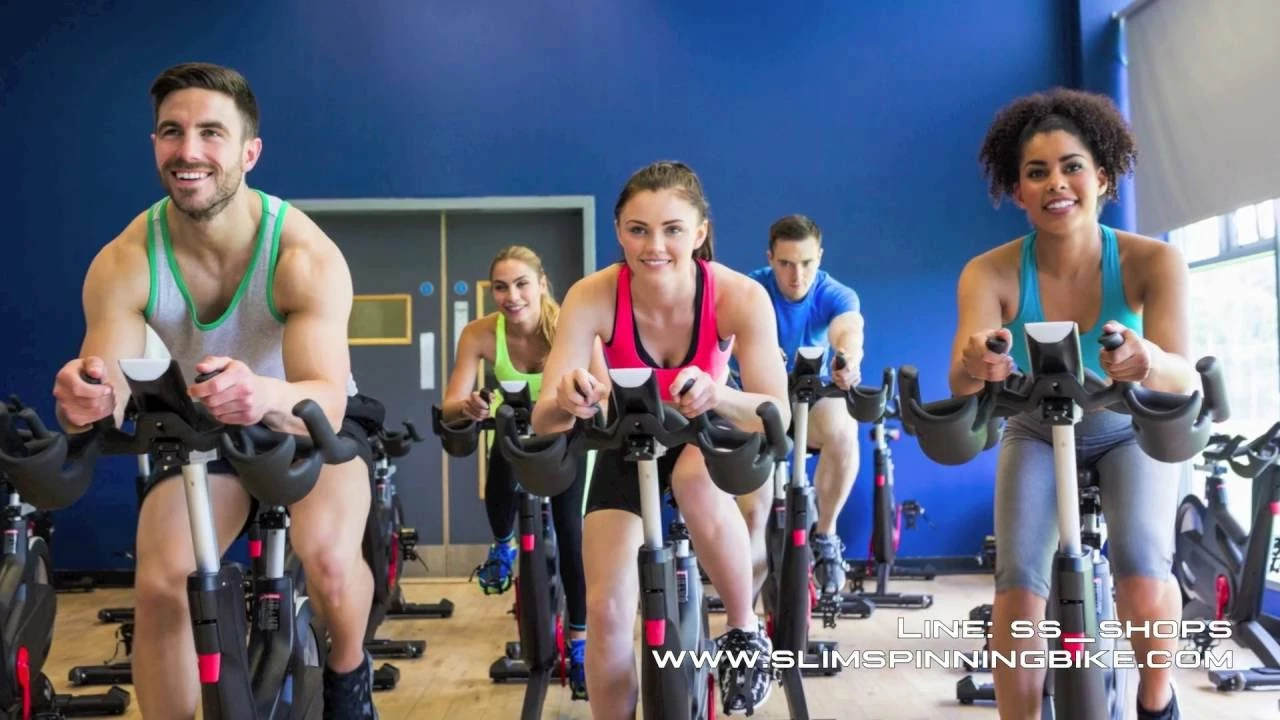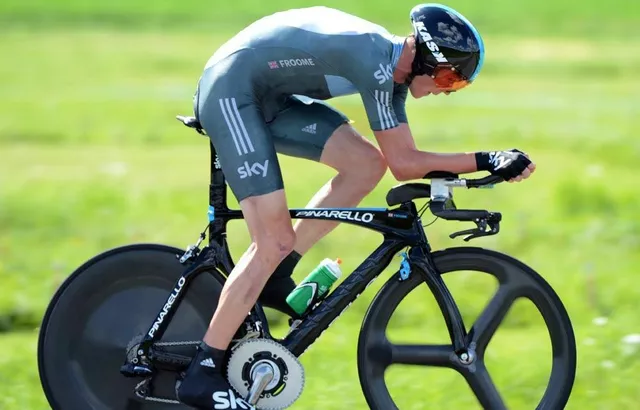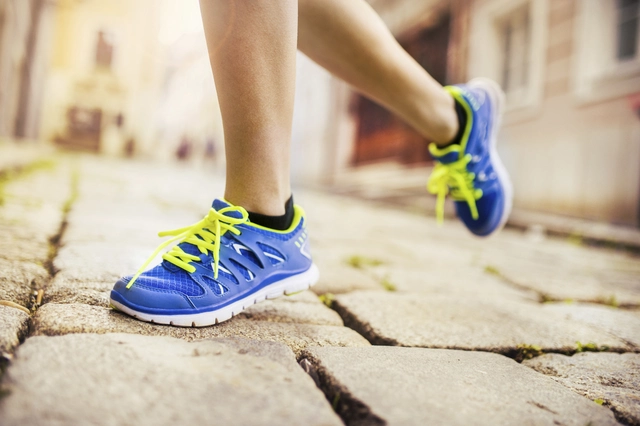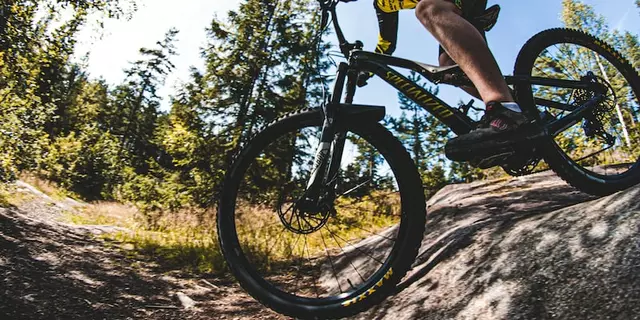How to Raise Your Cycling Performance – Simple Steps That Work
If you want to ride farther, faster, or just feel better on the bike, you don’t need a fancy lab. A few easy changes to your setup, training, and habits can make a big difference. Below are real‑world tips that you can start using today.
Fine‑Tune Your Bike for Efficiency
First thing to check is how the bike feels under you. Make sure the seat height lets your leg be almost straight at the bottom of the pedal stroke – that’s the sweet spot for power. A quick test: sit on the bike, place your heel on the pedal at the lowest point, and see if your leg is straight. If not, raise or lower the saddle a little.
Next, look at your handlebars. If you’re reaching too far forward, you waste energy fighting wind and tension. A small bend in the elbows and a relaxed grip keep your shoulders loose and let you push more efficiently.
Finally, keep the drivetrain clean. A dirty chain or worn cassette adds friction, which means you have to work harder for the same speed. Wipe the chain after rides and use a light oil every few weeks.
Train Smarter, Not Just Harder
Most cyclists think “more miles = better performance,” but the quality of those miles matters more. Add interval sessions once a week: ride hard for one minute, then recover for two, repeat ten times. This boosts your heart and leg muscles without adding extra hours.
Don’t forget endurance rides. A steady 2‑hour ride at a moderate pace builds the aerobic base you need for longer events. Keep the cadence around 90 RPM – that’s the speed most pros use to stay efficient.
Strength work off the bike also pays off. Simple squats, lunges, and core planks three times a week improve the power you can push into the pedals. You’ll notice better stability on hills and more confidence on technical sections.
Nutrition is another piece of the puzzle. Eat a carb‑rich snack (like a banana or a small granola bar) about 30 minutes before a hard workout. During rides longer than an hour, sip a sports drink or bring a few energy gels to keep blood sugar steady.
Rest is just as important. One full rest day per week lets muscles repair and prevents burnout. If you feel unusually tired, take an extra easy ride or stretch instead of pushing hard.
Putting these tips together – a well‑fitted bike, clean drivetrain, targeted training, proper food, and enough sleep – will raise your cycling performance faster than any single change alone. Try one or two changes each week, track how you feel, and keep building from there. Soon you’ll notice smoother climbs, higher speeds, and a lot more fun on the road.

Do great cyclists have big bellies?
In a nutshell, great cyclists don't necessarily have big bellies. In fact, most professional cyclists are known for their lean, muscular physiques that support endurance and speed. It's a common misconception that cycling alone leads to a large belly, but in reality, this is usually a result of poor diet or lack of cross-training. However, recreational cyclists, who might not train as intensively, could develop a larger midsection if they're not balancing cycling with a healthy diet and other forms of exercise. So, even though cycling is a fantastic sport, it's important to remember it needs to be combined with a balanced lifestyle for overall fitness.
View More



